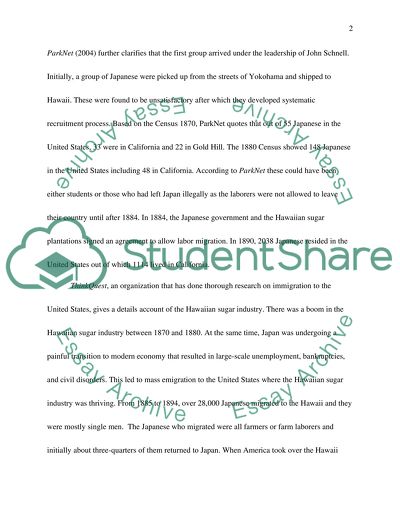Cite this document
(“Japanese Immigrant Essay Example | Topics and Well Written Essays - 2500 words”, n.d.)
Retrieved from https://studentshare.org/miscellaneous/1536719-japanese-immigrant
Retrieved from https://studentshare.org/miscellaneous/1536719-japanese-immigrant
(Japanese Immigrant Essay Example | Topics and Well Written Essays - 2500 Words)
https://studentshare.org/miscellaneous/1536719-japanese-immigrant.
https://studentshare.org/miscellaneous/1536719-japanese-immigrant.
“Japanese Immigrant Essay Example | Topics and Well Written Essays - 2500 Words”, n.d. https://studentshare.org/miscellaneous/1536719-japanese-immigrant.


